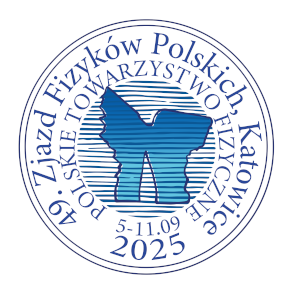Speaker
Description
We investigate how the topology of quantum graphs influences their spectral properties, such as the number and distribution of eigenvalues and their statistical correlations. We present the application of microwave networks as a tool for simulating quantum graphs and experimentally investigating their spectral properties.
Quantum graphs are widely used as effective models of quantum chaotic systems, allowing for investigations of their spectral properties. By appropriately designing the graph topology, one can obtain spectral statistics corresponding to all three symmetry classes defined in Random Matrix Theory (GOE, GUE, GSE) and examine their properties. The research can be extended to open systems with absorption. Microwave networks allow for the experimental realization of graphs corresponding to each of these three symmetry classes and are currently the only known physical system capable of achieving this.
In addition, we explore other relations between the topological structure of the graph and its energy spectrum. We demonstrate how to construct quantum graphs that violate Weyl's law, as well as graphs with different topologies but identical scattering properties. Spectral analysis also enables the determination of the graph’s Euler characteristic, i.e., the difference between the number of its vertices and edges.
All theoretical and numerical results were experimentally confirmed using microwave networks simulating the corresponding quantum graph structures.

